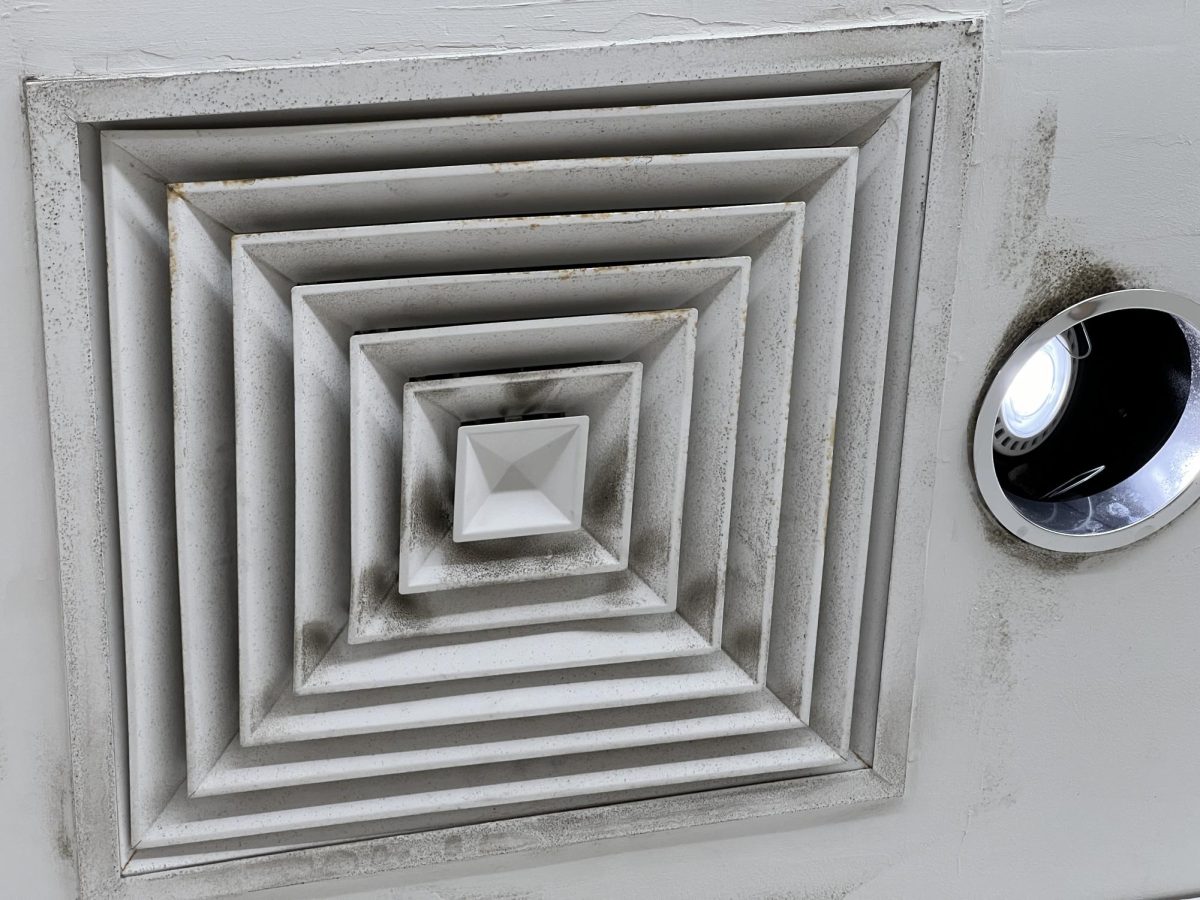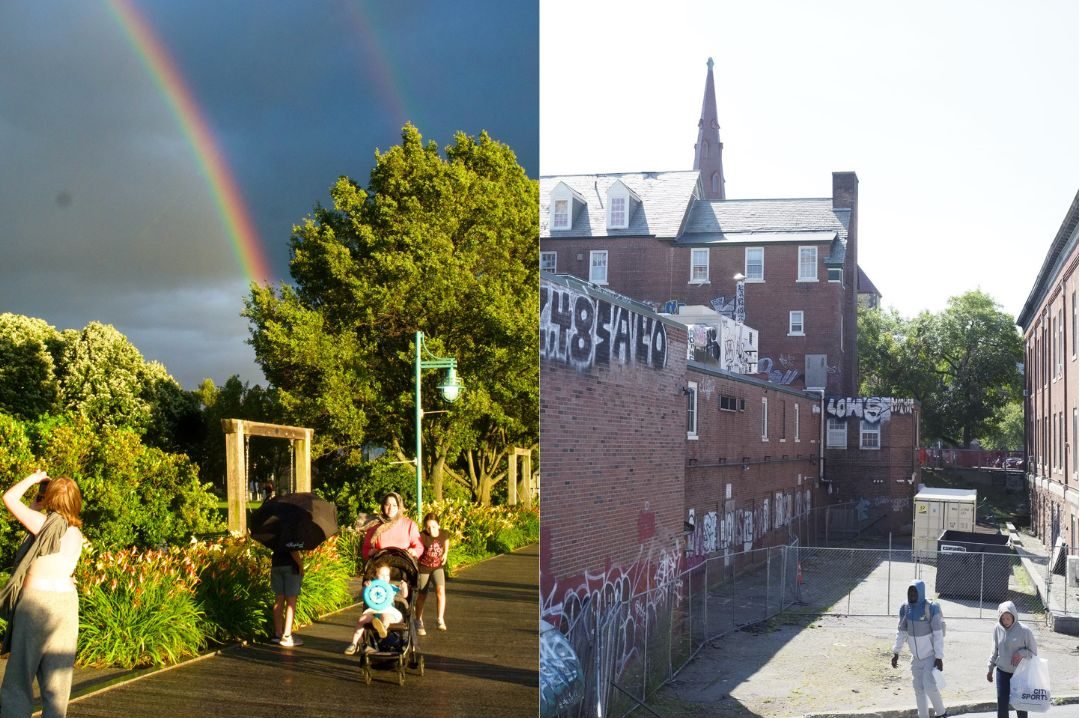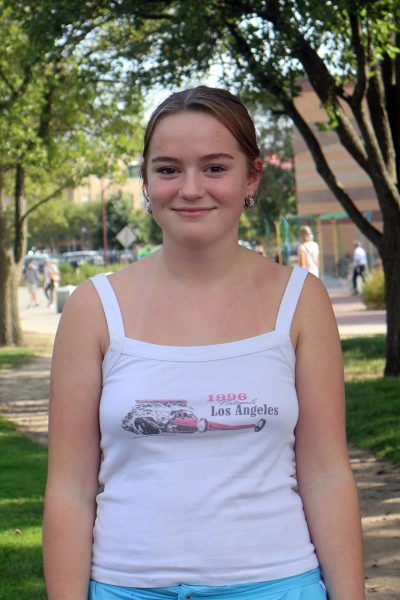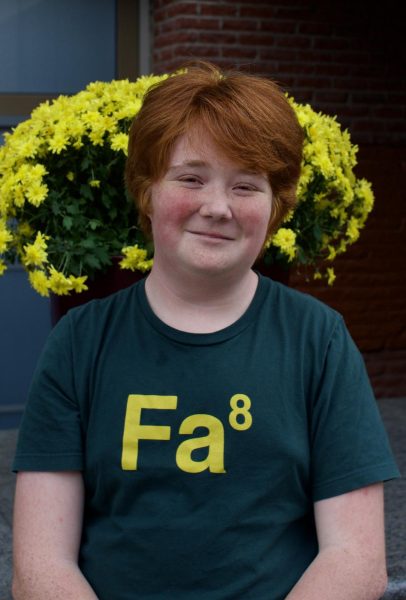The night before teachers came back to school for in-service week, a mold outbreak was discovered in DtBHS. Strips of mold were found on rugs and ceiling tiles in at least 31 classrooms across the building.
“People always hear about mold and they get worried, like, ‘Is it black mold? Is it toxic mold?’” Principal Sabrina Westdijk said. “I think the biggest concern was the mystery of what is it that we’re looking at.”
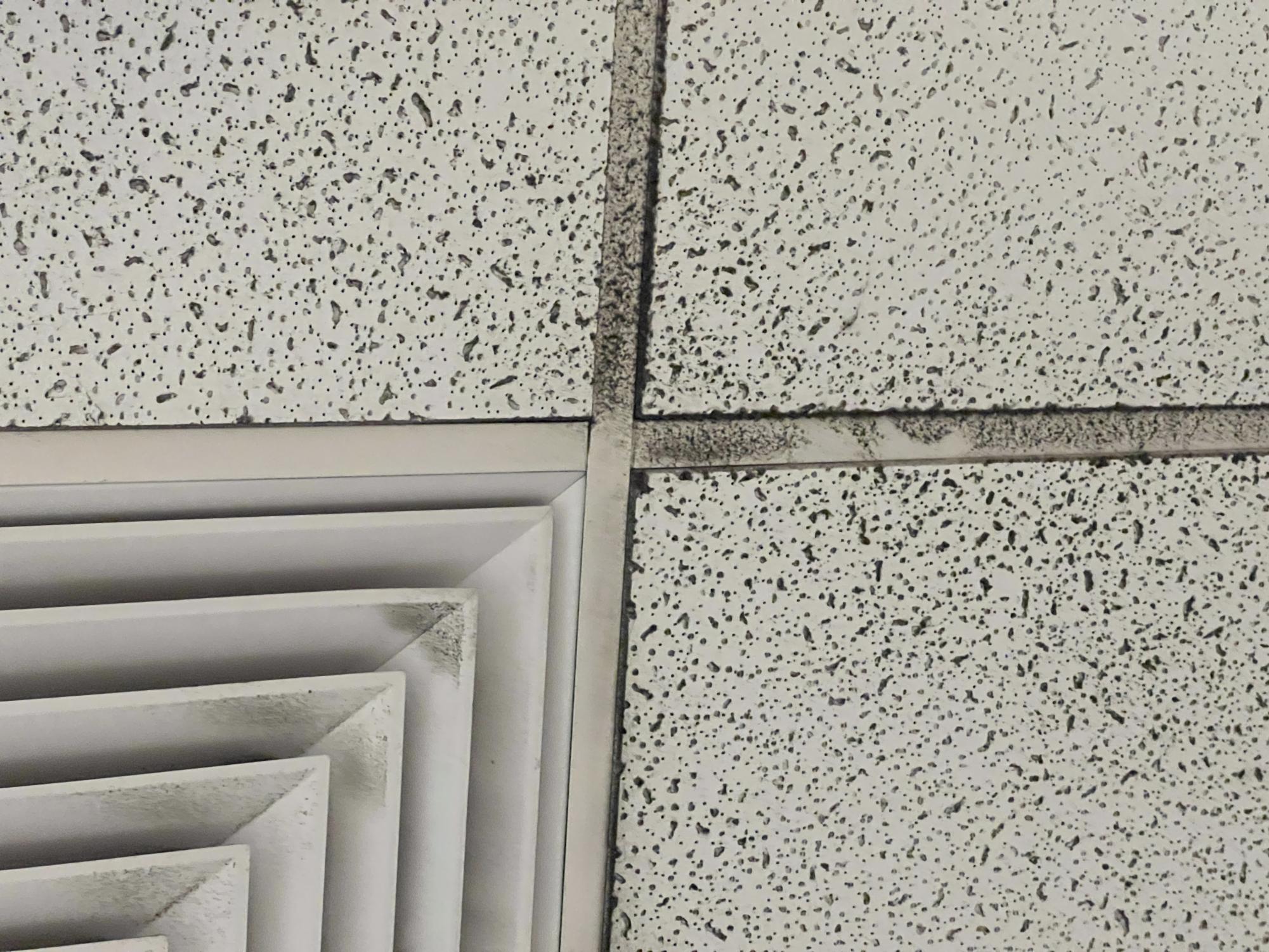
The test results which came back on September 11 found that there were no toxigenic strains of mold. The cleaning regiment had decreased the amount of mold in the school significantly.
Lyall Smith, the district’s property services manager, along with the school district hired an environmental consultant to do tests, swabbing carpets, air ducts, or any place that the mold had been identified. One of the methods the testers use is to compare test results of places where mold had not been identified, such as outside or the main office and compare with the results inside.
Westdijk said she wants to be fully confident in the test results before sharing with parents and students. She also says that she wants staff to be the first to hear the news.
Shalom Zeifinger, a Spanish teacher, said he got consistent emails about the mold from Westdijk. “Actually, she’s done an amazing job since she’s been here.”
Westdijk said that communication has been a priority for her throughout the cleaning process. She told us one of her goals was to have “an open line of dialog.”
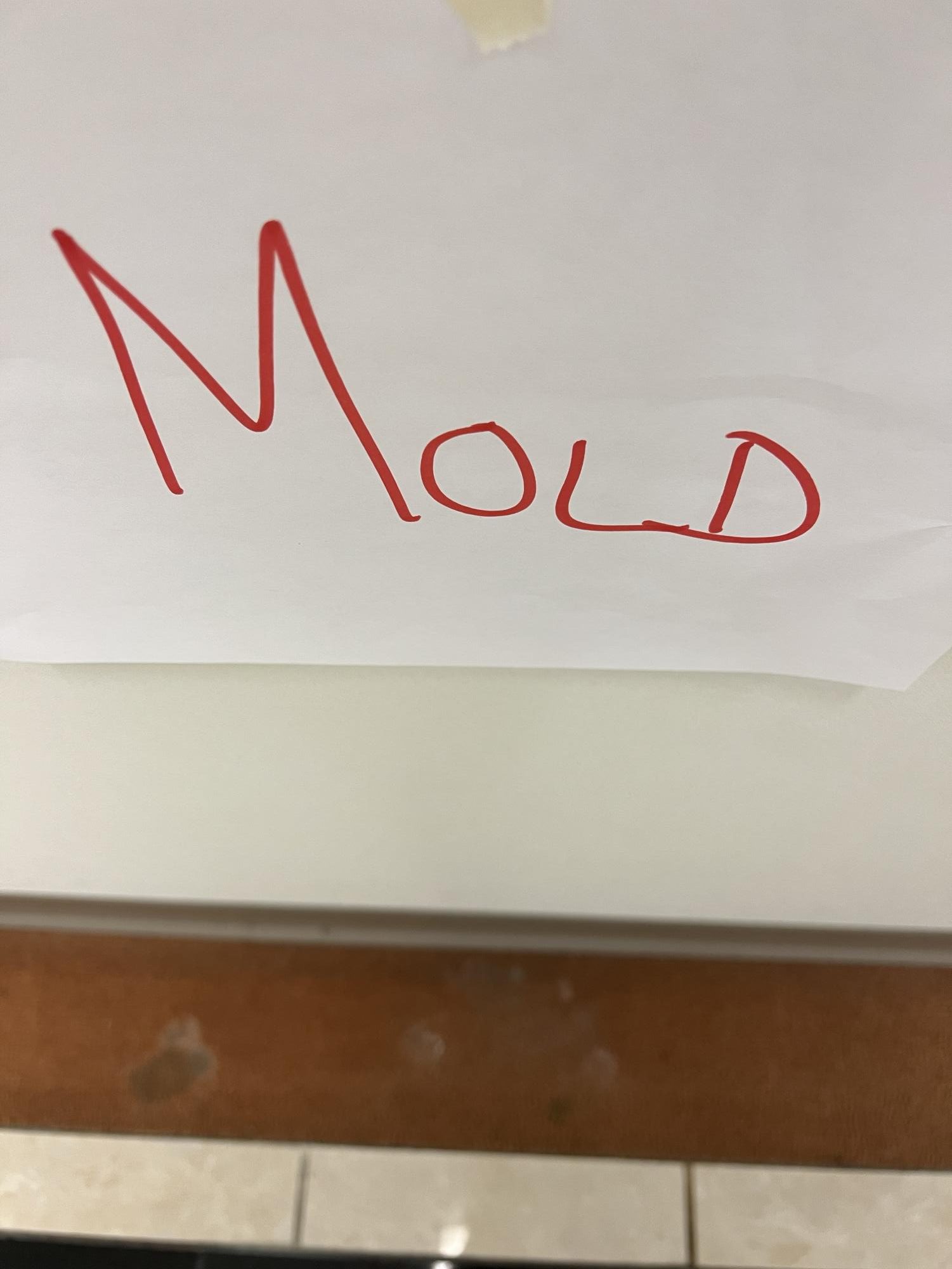
Ella Stadecker, 26’, was not aware of mold growing in the school this summer. “It is just something I think students should know about because we come here every day.”
Noah Lappiere, 26’, was also not aware of the mold situation. He said that he wishes he had heard about it. “ I think it would be for the best, just so that if it is true that parents don’t like, flip out about it.”
“And in the absence of information, right, people sometimes like, hear rumors or hear incomplete stories,” Westdijk said.
According to Westdijk, the origin of the mold was the higher humidity in Vermont combined with the standard carpet cleaning. The main cause for the mold growing was spilled food where sugar had soaked into the rug.
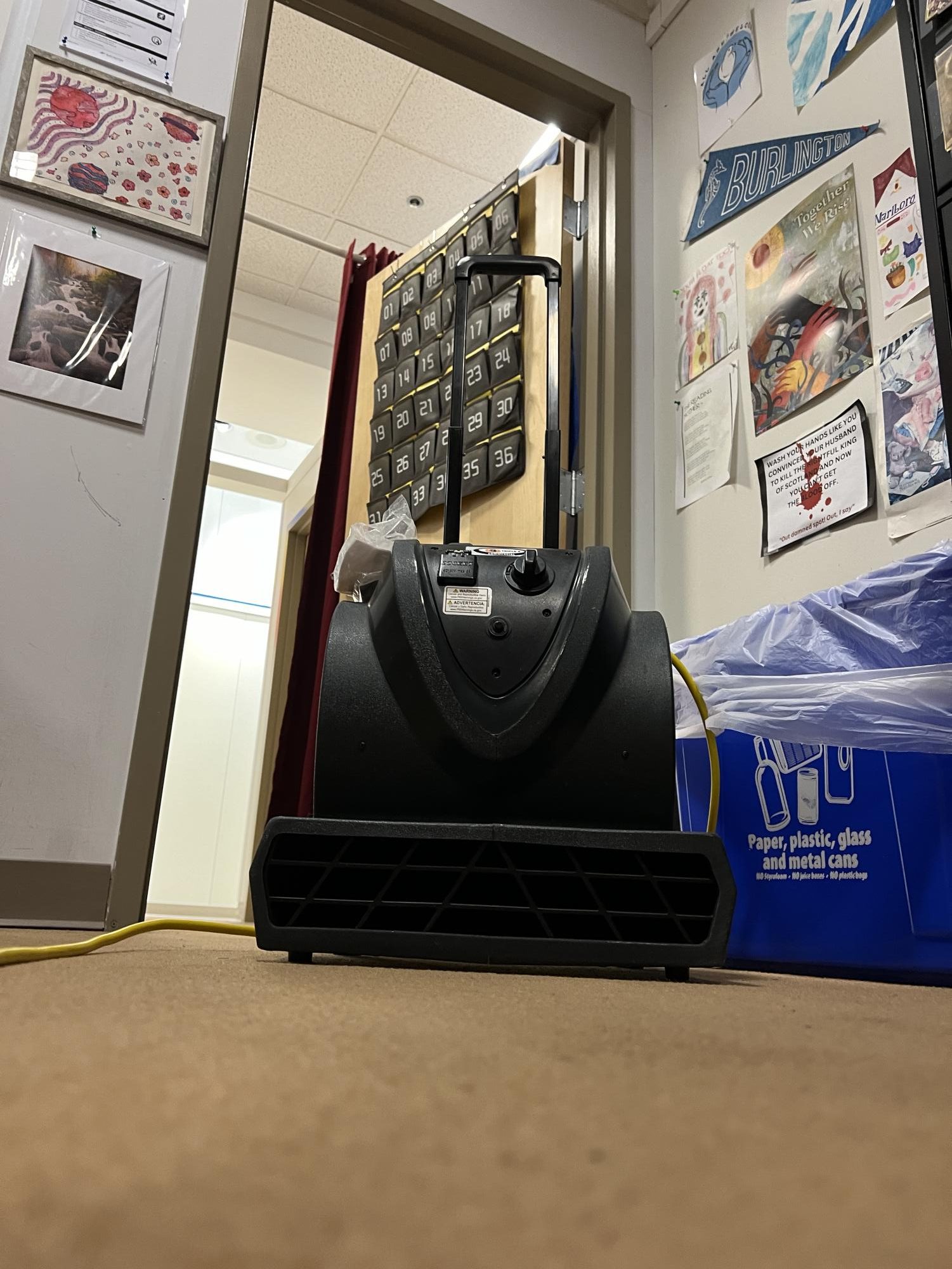
The CDC states that mold can cause, “a stuffy nose, sore throat, coughing or wheezing, burning eyes, or skin rash.” People with underlying conditions or compromised immune systems are more susceptible to sickness through mold.
“The reality is, if they went outside, they’d be in far worse shape, because those [spore] counts are way higher outside than they are inside,” Smith said.

This is not the first time this situation has happened in Vermont. Earlier this year, an elementary school in White River Junction had cases of mold, which caused the kindergarteners and first graders to have a few more days of summer break. “It was a change. It was disappointing without a doubt,” said Richard Dustin-Eichler, the principal of Dothan Brook School.
Dustin-Eichler said he and the superintendent wrote to all the students and parents of the elementary school, whether their classroom was affected or not, the night that he discovered the mold. He also says the school hired both a team of cleaners as well as an industrial hygienist from a different company who checked the work of the cleaners. This independent oversight helped to ensure “it’s done well.”



